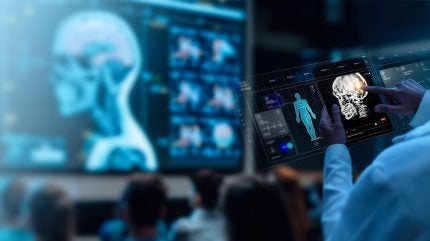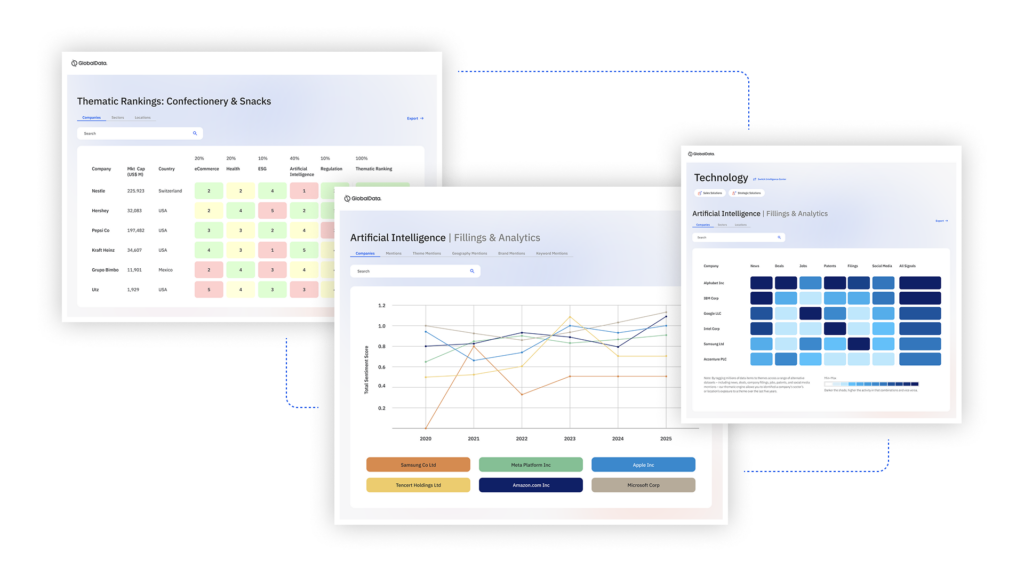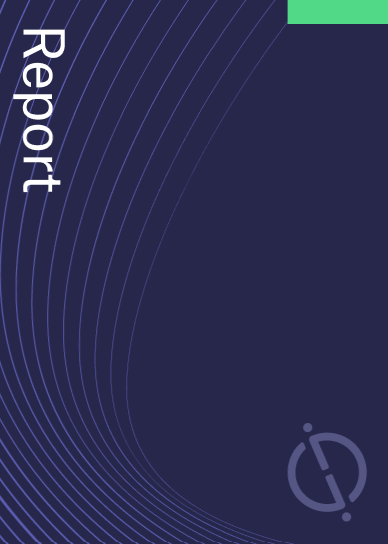
Siemens Healthineers and Swedish medical imaging and cybersecurity company Sectra are collaborating to streamline radiologists’ diagnostic workflows.
The partnership will allow radiologists using Sectra’s picture archiving and communication system (PACS) applications for radiology to access and post-process images. These are to be captured using Siemens Healthineers NAEOTOM Alpha class photon-counting computed tomography (PCCT) scanners, where previously they would need to switch to a separate application or workstation to view the PCCT images NAEOTOM creates.

Discover B2B Marketing That Performs
Combine business intelligence and editorial excellence to reach engaged professionals across 36 leading media platforms.
According to Sectra president and CEO Torbjörn Kronander, increasing workloads and a shortage of radiologists means that efficient workflows have “never been more critical”.
He said: “Radiologists need access to all relevant images and tools in one application to work efficiently and make informed decisions. This cooperation is valuable for radiologists, as well as patients.”
By directly counting and measuring the energy of individual X-ray photons, PCCT is a relatively new form of CT scanning that enables improved contrast resolution and reduced radiation doses in scanning, as well as allows radiologists to differentiate tissues based on their material composition.
According to Siemens Healthineers, the NAEOTOM scanners are beneficial in cases where visualisation of fine details and different tissue types is of high importance and valuable in cases where the radiation dose from repeated imaging is a concern, such as in children’s cancer care.

US Tariffs are shifting - will you react or anticipate?
Don’t let policy changes catch you off guard. Stay proactive with real-time data and expert analysis.
By GlobalDataNena Stephan, project lead for clinical insights and automation at Siemens Healthineers, commented: “Interactive spectral imaging with NAEOTOM Alpha datasets unlocks the full diagnostic potential within every photon-counting CT scan, empowering radiologists to make more confident and precise decisions by enabling the interactive and customisable visualisation of tissue spectral characteristics, providing functional information, and eliminating artefacts.”
Sectra has forged a range of partnerships in recent months. In December 2024, the company agreed to a partnership with the University of Hartford, Connecticut to introduce its medical education platform for students in training to become radiologists, and expanded on an alliance with the Northern Norway Regional Health Authority (Helse Nord RHF) to include its digital pathology workflow module.
According to GlobalData analysis, the global diagnostic imaging market was valued at around $36.31bn in 2023 and is forecast to reach around $54.87bn by 2033. Research indicates that a shortfall in radiologists is also likely to intensify. A 2023 report by the UK’s Royal College of Radiologists (RCR) found that the country currently has a 30% shortfall in radiologists that is forecast to rise to 40% by 2028 while a report by the Association of American Medical Colleges (AAMC) forecasts that the radiologist shortfall in the US could reach almost 42,000 by 2036.





